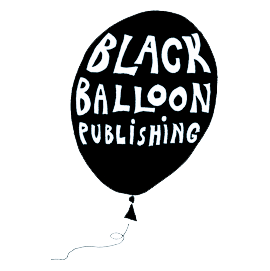Penguin Books Founder Allen Lane (via Tltrinity’s Blog)
July 30 marks the 79th anniversary of a mass-market paperback revolution. On this date in 1934, publisher Allen Lane was supposedly struck by a fantastic epiphany while suffering from boredom at a British train station. The idea? To make good literature accessible to everyone.
Popular lore is that Lane, after visiting Agatha Christie, was waiting for a train home and looking to buy a novel. He found nothing likeable among the magazines and pulp fiction, but a business opportunity soon emerged from his disappointment. He saw the need for cheap books, small in size and lightweight. He knew that the soft-covered stories of the time — “dime novels,” “yellowbacks” and “penny dreadfuls” — were stigmatized as trashy, poorly written and sensationalized to appeal to young, working-class male readers. In addition to Lane’s dislike of the gaudy art used on those paperback covers, he was displeased that the quality novels he worked on at The Bodley Head publishing house were often too expensive for average readers to buy regularly.
First Penguin Books edition of A Farewell to Arms by Ernest Hemingway (via Flickr)
By the end of his trip, Lane started to put into motion a plan that would eventually give birth to Penguin Books, distributor of quality paperback titles. In 1935, the first 10 Penguin books hit the market, including reprints of A Farewell to Arms by Ernest Hemingway and The Mysterious Affair at Styles by Agatha Christie.
Penguin books were perfect companions for harried readers, from travelers like Lane to soldiers hunkered in the trenches of World War II several years later. (The paperbacks were so small and light that soldiers could carry manuals and civilian-donated books in their uniforms.) Once Penguin launched their series for children, Puffin Picture Books, young readers could also easily move with their literature.
What further set Penguin apart from the competition was its covers: True to Lane’s eye for simplicity, the company opted for a little black penguin illustration with bands of color at the top and bottom, and white in the middle. Colors like orange, green, red and yellow distinguished Penguin books from one another based on genre.
Lane’s books were a hit. Within a few years, despite the Great Depression, Penguin had sold millions of copies. Later on, companies like Pocket Books, Dover Books, Bantam Books and Harlequin Enterprises arrived on the scene and found their own nooks in inexpensive paperback publishing. Although paperbacks still made critics turn up their noses, with many refusing to review a title in paperback, the industry persevered. Today, Penguin’s original design is nothing short of iconic, and far from being looked down upon, Penguin paperbacks have become collectibles.
Cassandra Mehlenbacher recently graduated from Central Washington University. Now that there are no homework assignments to slow her down, she has time to pursue her creative pastimes: drawing, writing fiction and designing jewelry.
KEEP READING: More on History







 A Black Balloon Publication ©
A Black Balloon Publication ©